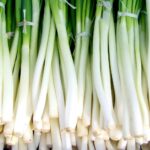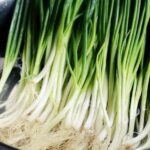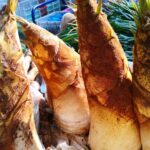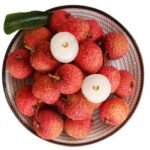
Coriander is not only fragrant but also packed with essential vitamins and minerals. Research has shown that coriander contains high levels of vitamin C, surpassing the amounts found in regular vegetables. Additionally, coriander has ten times more carotene than tomatoes, and regular consumption can aid digestion and improve appetite.
The price of coriander can vary depending on the time of year. When it’s in season and abundant, it’s a great opportunity to stock up and store it for later use. However, improper storage methods can lead to the herb spoiling within 2-3 days, resulting in a loss of its fresh flavor.
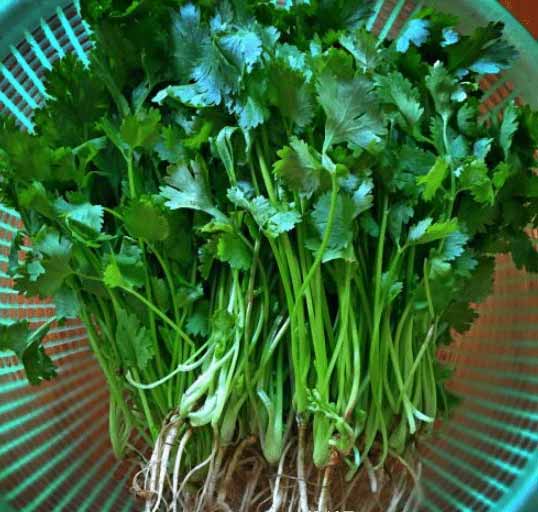
Is there a way to keep coriander fresh and prevent it from spoiling? Today, Bếp Eva will share a method to store coriander that will keep it fresh for up to a year. Let’s dive into the details below.
Guidelines for Choosing Coriander
When purchasing coriander, it’s important to select fresh, recently harvested bunches to ensure the best quality.
1. Roots
To determine the freshness of coriander, observe the roots. Yellow roots often indicate a lack of nutrients. Opt for coriander with light green roots, as the darker the root color, the more aromatic and flavorful the herb will be.

2. Stems
Try bending the stems of the coriander. Fresh coriander will have crisp, moist stems. If the stems appear wilted, it’s an indication that the herb is past its prime and won’t taste as fresh.
3. Leaves
Typically, coriander leaves are green. Avoid purchasing coriander with pale green or yellow leaves, as these are signs of deterioration. Such coriander tends to spoil quickly, has reduced nutritional value, and may impact your health.
Methods for Storing Coriander
1. Preparation
– Remove any wilted leaves from the coriander and keep only the fresh, green roots and leaves. It’s important to leave the roots intact to extend the storage life.

– Wash the coriander 2-3 times to ensure it’s clean, then drain the water.
– Soak the coriander in a solution of 1 teaspoon baking soda and 1 teaspoon salt for 20 minutes. This step effectively removes any insect eggs or pesticide residue.

– After soaking, rinse the coriander with clean water and allow it to air dry in a cool, ventilated area. Ensure that the coriander is completely dry before storing, as moisture can lead to spoilage.
2. Storage Methods
Once the coriander is cleaned and dried, you can choose one of the following four simple storage methods.
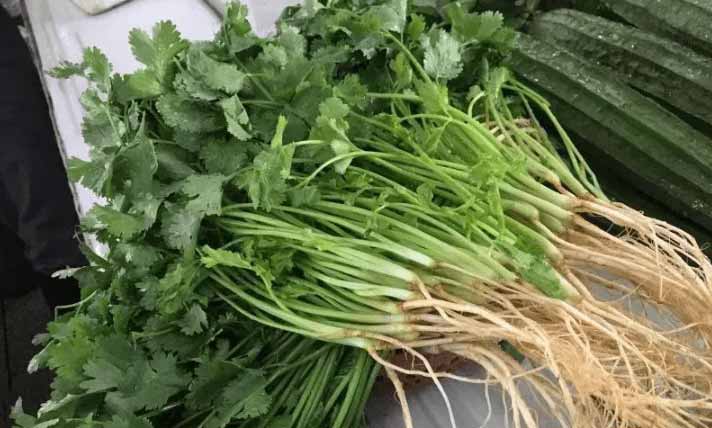
Plastic Bag
Place the cleaned coriander into a large plastic bag and seal it tightly. Store the bag in the freezer compartment of your refrigerator. This method will keep the coriander fresh for up to 3 months.
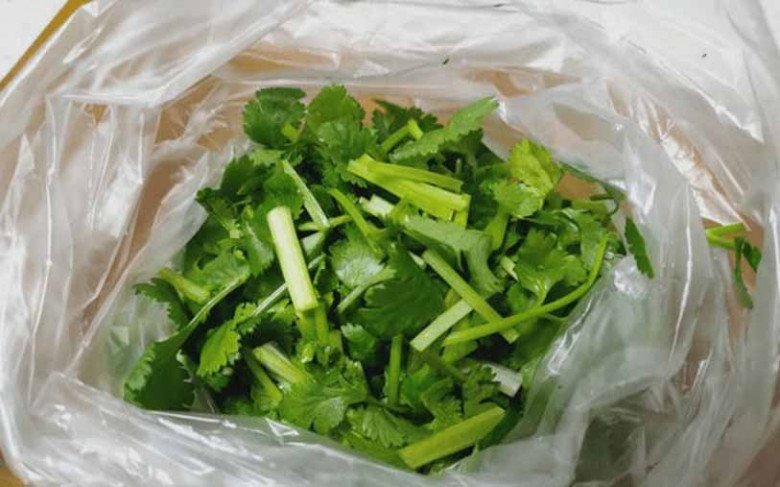
Hydroponics
Fill a cup with clean water and add 1 teaspoon of sugar. Place the coriander in the cup, ensuring that the roots and stems are submerged. The sugar acts as a nutrient source, helping the coriander stay fresh. Remember to change the water regularly. This method can keep coriander fresh for a minimum of 3 months.
Plastic Wrap
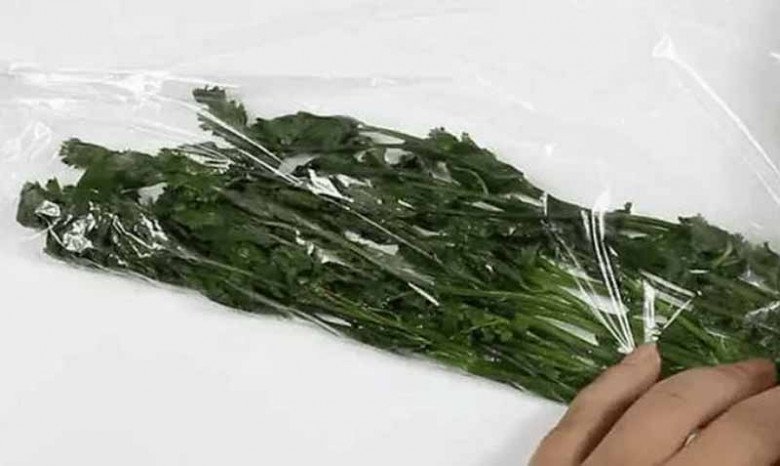
Place the cleaned coriander on a sheet of plastic wrap and wrap it securely, but not too tightly, as this can cause the coriander to rot. Once wrapped, store the coriander in the refrigerator. This method will keep the coriander fresh for up to 6 months.
Ziplock Bag

Chop the coriander into small pieces and place them in a ziplock bag. Seal the bag tightly and store it in the freezer. Using this method, the coriander will remain fresh without wilting or spoiling for up to a year. This is considered the longest-lasting method for storing coriander.
Each storage method has its advantages, but it’s important to note that coriander is at its best when freshly harvested. Storing coriander for extended periods may result in a loss of flavor and nutrients, so it’s recommended to use it while it’s fresh.
The Secret to Keeping Pork Fresh: Don’t Refrigerate, Try This Marinade Instead
For years, there has been a common misconception that freezing pork directly will result in tough and dry meat. However, a seasoned chef has revealed a secret technique that guarantees fresh and tender pork every time. Unveil the mystery behind this age-old trick and discover the key to unlocking the true potential of your pork dishes.
























